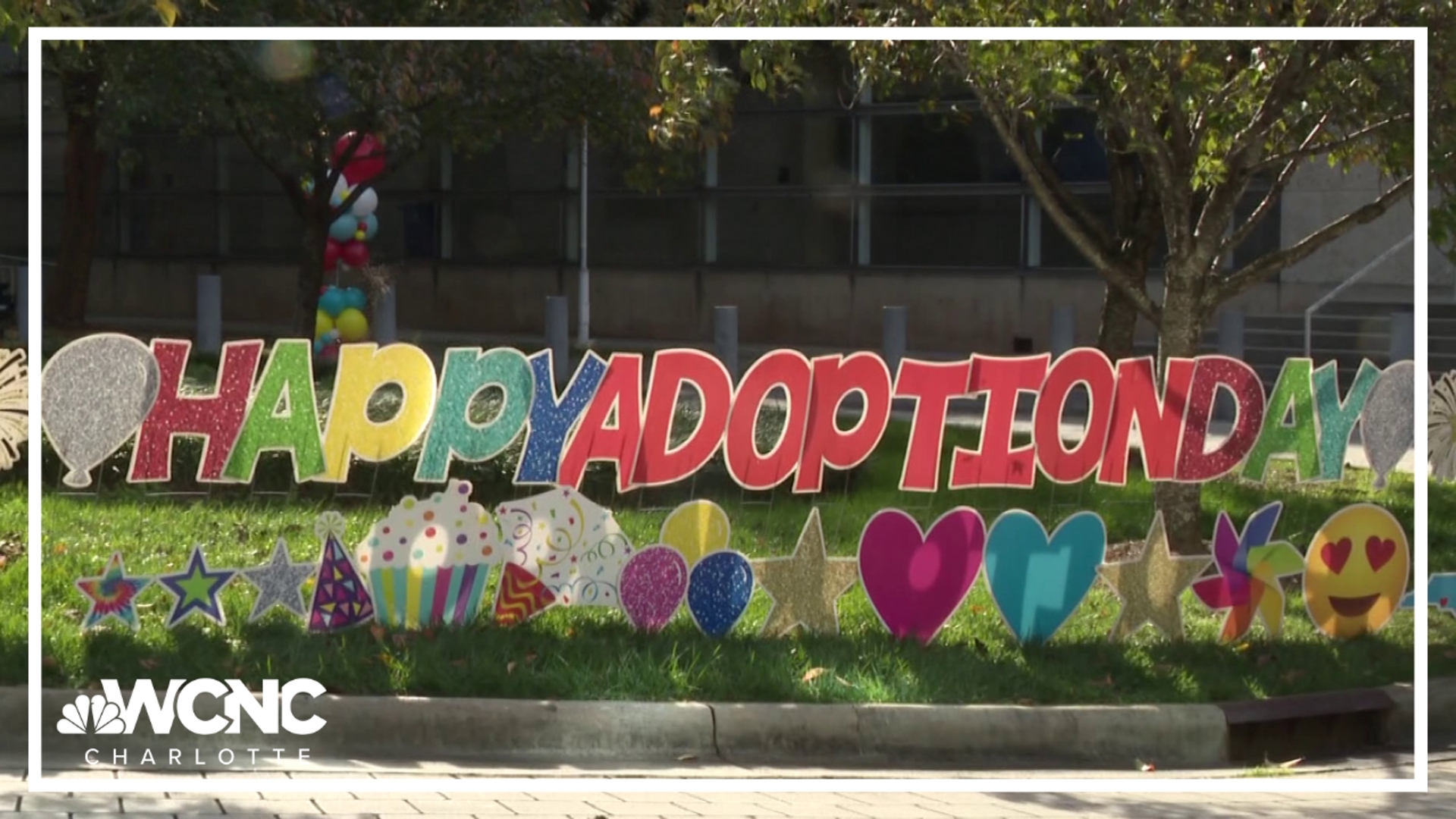Have you ever written a check for an amount you didn’t have in your account and incurred a fee? Or have you ever been embarrassed by a declined debit card transaction? If the answer’s yes, you’ve had experience with overdrawn checking accounts.
You may have heard about overdraft protection and how it may help you pay for expenses when you lack the funds in your account. While overdraft protection has the potential to help you in times of need, it’s important to be aware of the drawbacks. In this post, we’ll discuss the ins and outs of the various types of overdraft protection, and how you can avoid overdrawing your account in the future.
Overdraft protection is a way to fund an account that has been overdrawn. Without overdraft protection, you would most likely be charged an overdraft or non-sufficient funds (NSF) fee and have your transaction declined. The fees can add up every time your account is overdrawn, but overdraft protection can provide a safety net if you withdraw too much money.
How does overdraft protection work?
There are three types of overdraft protection that work in slightly different ways. While they ultimately transfer funds to your overdrawn checking account, the fees charged differ.
Here are the three options you may have for overdraft protection:
- Opt in for overdraft coverage for ATM and one-time debit card transactions. By opting in, you authorize the bank to pay any overdrafts from ATM and one-time debit card transactions. Beware banks often charge you high fees.
- Link your checking account to an eligible savings, secondary checking, money market account or line of credit like a credit card. If your account is overdrawn, funds will be transferred from your linked account. There is often an overdraft protection fee associated with the transfer of funds.
- Overdraft protection line of credit. If you overdraw your account, the line of credit transfers funds to cover the amount overdrawn plus any fees charged. The amount you overdraw is subject to a variable interest rate and an overdraft protection fee. Note, some banks may require a minimum annual income to open an overdraft protection line of credit.
If you have overdraft protection and overdraw your account, you will most likely be charged an overdraft protection fee. This fee is often a fixed amount that is charged per overdraft item and varies based on the protection you have.
Here are the fees associated with the overdraft protections detailed in the previous section:
- Opt in for overdraft coverage for ATM and one-time debit card transactions: Typically $34 per overdraft item and an extended overdraft fee may apply if your account is overdrawn for a certain amount of days.
- Link your checking account to an eligible savings, secondary checking, money market account or line of credit like a credit card: Typically $10-$12 per transfer.
- Overdraft protection line of credit: Typically $10 or more per transfer, plus an APR of around 20% charged on the amount transferred.
While you can potentially be charged the fee multiple times in one day if you continue to overdraw your account, banks typically limit the amount of times you can be charged the fee in a day.
The drawbacks of using overdraft protection
Fees may still apply. If you enroll in overdraft protection, you may still be charged fees, such as an overdraft protection fee or an NSF fee. And you may incur multiple fees in one day.
High fees for overdrafts funded by credit cards. If you use a credit card to fund your overdraft, it is considered a cash advance which often comes with high APRs over 25% and a cash advance fee that is 3% or 5% of your withdrawal.
If you opt in for overdraft protection on ATM and one-time debit card transactions and make unnecessary transactions when you have a $0 balance, you can see fees add up quickly. For example, say your account charges a $34 overdraft protection fee up to four times a day. You’re unaware you currently have a $0 balance in your checking account.
You decide to go to the mall and use your debit card to make three separate purchases: pants for $20, a shirt for $10, and a hat for $8. In total you spent $38 on clothes, but incurred $102 in overdraft fees. That makes the effective cost of your clothing purchase an alarming $140. It’s pretty obvious that it would’ve been a better decision to opt out of overdraft protection for ATM and one-time debit card transactions so those transactions would’ve been declined.
The post How Overdraft Protection Really Works — And Why You Should Think Twice Before Signing Up appeared first on MagnifyMoney.
MORE FROM MAGNIFYMONEY:
MagnifyMoney is a price comparison and financial education website, founded by former bankers who use their knowledge of how the system works to help you save money.



